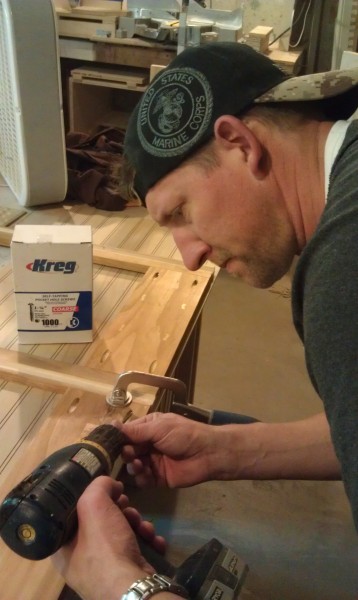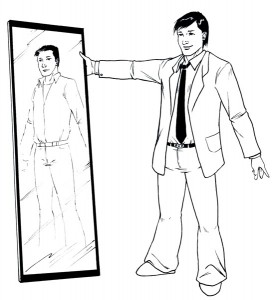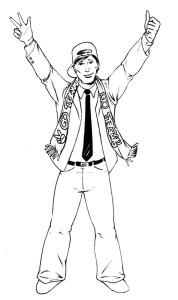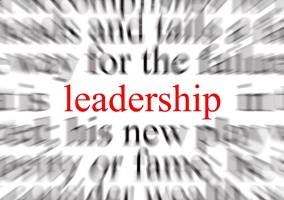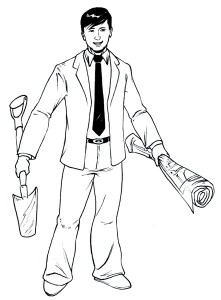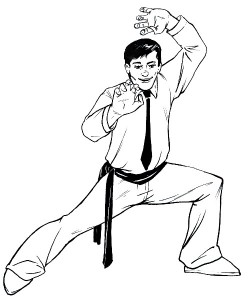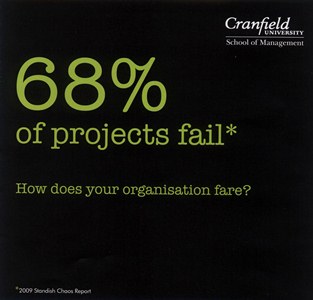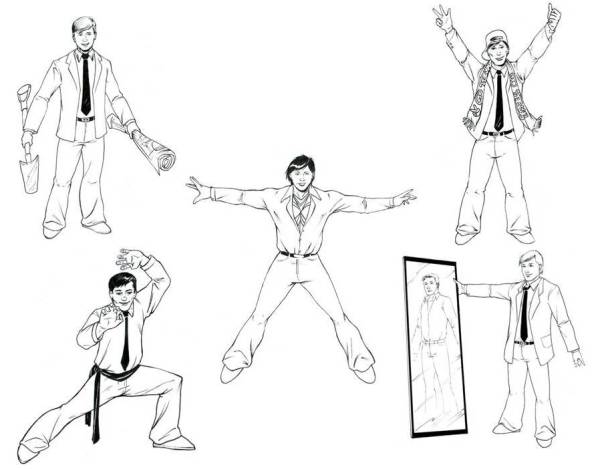Creativity has become a key concern. As measured by some standards our creativity seems to declibe. Yet globally creation has never been so buoyant. How can that be?
Following our blog post “the World Wants to Keep us Stupid“, a comment linked to this 2010 Newsweek paper “The Creativity Crisis”. Studies describe in this paper have measured that while IQ tends to increase from generation to generation, creativity tends to diminish since 1990 in the US – and in particular in younger children. When this paper came out it led to a number of reactions. The new Collaborative Age is the age of creativity! Is America losing the game? Are Western countries losing the game? Is the world losing the game?

There is one big logic failure here however: creativity can be learnt and taught. It can be developed quickly through the proper exercise. It can be also unlearnt in our society like shown in this fantastic example quoted from the Creativity at Work Blog:
In 1968, George Land distributed among 1,600 5-year-olds a creativity test used by NASA to select innovative engineers and scientists. He re-tested the same children at 10 years of age, and again at 15 years of age.
Test results amongst 5 year olds: 98%
Test results amongst 10 year olds: 30%
Test results amongst 15 year olds: 12%
Same test given to 280,000 adults: 2%
If you don’t understand why that happens in a conventional Industrial Age world, look at the cartoon!
So the result of tests on young children anyway does not predict their creativity as adults. It might be true that the modern kid might be enticed to do activities like video games and watching TV that do not develop as much creativity as figuring out how to play games with almost nothing – and I make sure my kids have moments where they need to be creative.
Yet the most important is also to make sure we train our creativity muscles during our entire life. And even atrophied creativity muscles can be trained back to be fit!
The Fourth Revolution shows us everyday how our collective creativity is increasing every day, both through the mating of ideas from the web, and the increasing emphasis on creativity as a key success factor. We can learn creativity. We need to practice creativity.
There is no creativity crisis. The only crisis is that the world might not be ready to welcome the wave of creativity that will change our societies beyond recognition.
Thanks to Julie Pigdon for the comment and reference that led to this post.

